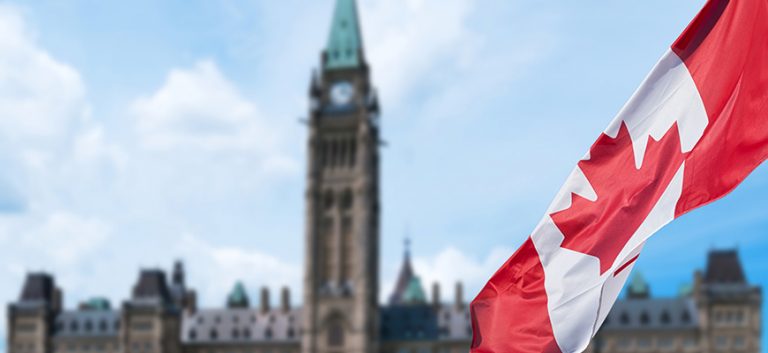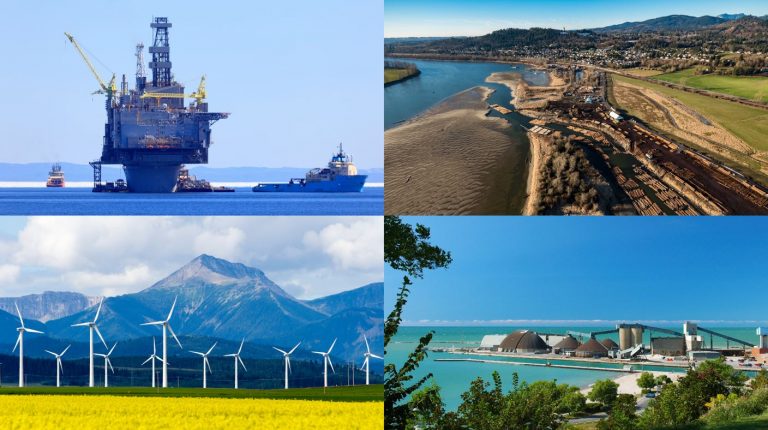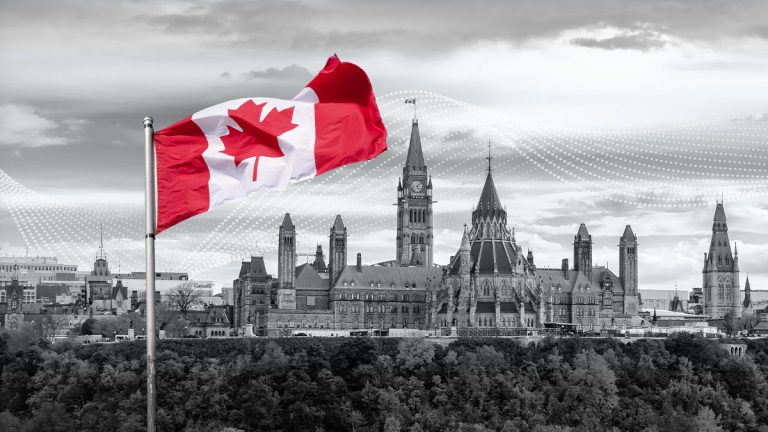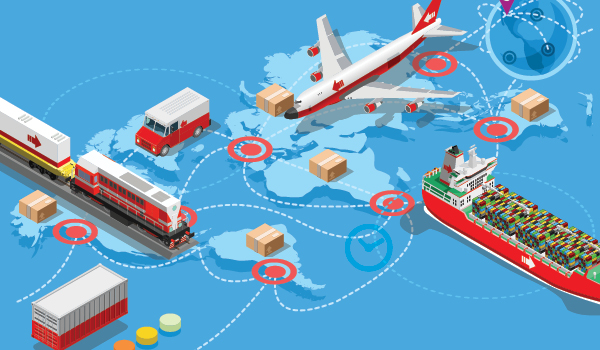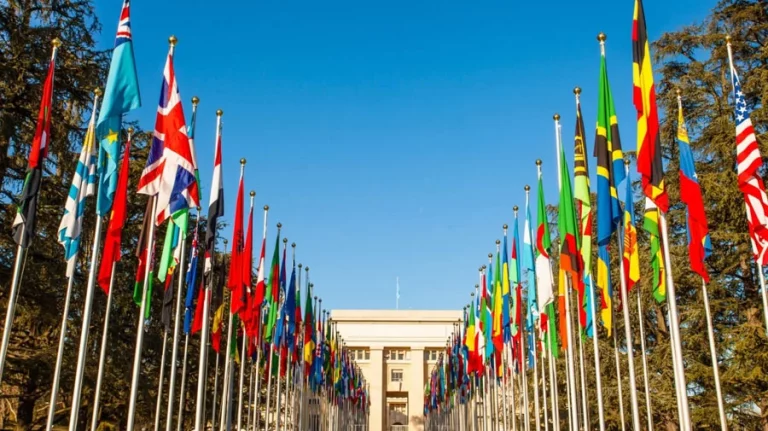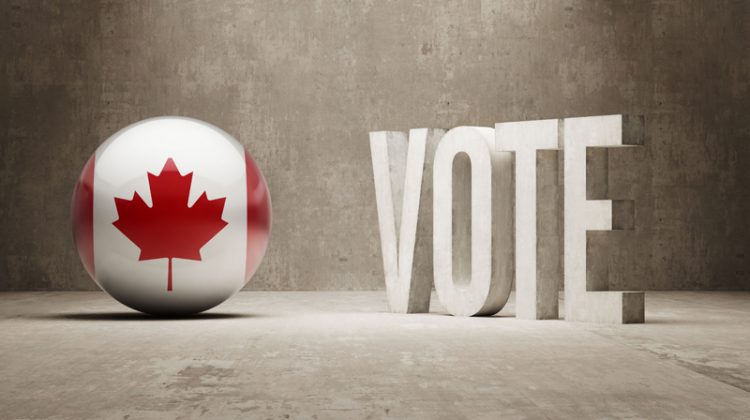
Photo Credit: supplied
How Canadian Elections Work
If you’re wondering how Canadian elections work, this guide explains the modern, practical steps — who administers polls, how candidates are chosen, how Canadians vote (including advance and mail ballots), and how results form a government. It also points out the recent 2025 updates you should know, like the new 343-seat electoral map and campaign rules that shaped the April 2025 vote.
Who runs Canadian federal elections?
Federal elections in Canada are administered by an independent agency called Elections Canada, whose mandate is to ensure Canadians can exercise their democratic rights to vote and run for office. Elections Canada organizes voter registration, polling places, mail ballots, vote counts, and the official reporting of results. If you want the official how-to on voting, Elections Canada is the primary source. (Elections Canada)
The basic structure: ridings, MPs, and the party that forms government
Canada’s House of Commons is composed of Members of Parliament (MPs) elected from single-member electoral districts called ridings. As of 2025 the federal electoral map contains 343 ridings (up from 338 in 2021) after the most recent redistribution; each riding elects one MP. The party that wins the most seats normally forms government — a majority if it reaches 172 seats, or a minority if it falls short and must govern with ad hoc support from other parties. (Elections Canada)
The voting system: first-past-the-post (single-member plurality)
At the federal level Canada uses a single-member plurality system, commonly known as first-past-the-post (FPTP). In each riding, voters mark one candidate on the ballot; the candidate with the most votes in that riding wins the seat, even if they do not have an absolute majority. FPTP is simple and local-focused, but it can produce a seat distribution that does not exactly match national vote shares — a frequent subject of public debate. (Elections Canada)
The electoral calendar and campaign length (2025 rules)
By law the federal election period must be at least 37 days and no more than 51 days, and election day is normally set for a Monday (with limited exceptions). During the writ period Elections Canada and parties ramp up registration, candidate nominations, campaigning, and the logistics of running polls. These timing rules governed the 2025 campaign and shape how parties plan advertising, debates, and voter outreach. (Elections Canada)
Who can vote and how to register
To vote in a federal election you must be a Canadian citizen and at least 18 years old on election day. Most voters are registered automatically from provincial or federal records, but you can check and update your registration with Elections Canada. Voters without registration can still show up at the polling place to register and vote on election day by proving residency and identity under the rules listed by Elections Canada. (Elections and Democracy)
Ways to vote: in-person, advance, mail, and abroad
Canada offers several voting methods to make participation easier:
- Vote on election day at your assigned polling station.
- Advance polling (multiple advance days) lets busy voters cast ballots before election day.
- Voting by mail (special ballots) is available for eligible electors, including people who are out of the country, people with mobility issues, and those who cannot get to a polling place; Elections Canada provides clear online guidance for applying and returning mail ballots.
- International/overseas voting: Canadians abroad can register on the International Register of Electors and vote by special ballot. (Elections Canada)
These multiple pathways helped drive the high levels of advance voting and mail ballots reported in the 2025 campaign.
How candidates get on the ballot
There are two layers to becoming a candidate:
- Party nomination — political parties run internal processes to endorse candidates in each riding (local riding associations usually hold nomination contests, though national party offices sometimes appoint candidates). Party rules vary and are governed by each party’s bylaws.
- Official nomination with Elections Canada — regardless of party endorsement, a prospective candidate must submit a nomination paper (or use the online nomination system), meet eligibility requirements, and file required financial forms to be placed on the ballot. Elections Canada publishes a candidate manual that explains eligibility, paperwork, spending limits, and reporting obligations. (Elections and Democracy)
Counting votes and declaring winners
After polls close on election day (times vary by time zone), local polling staff count ballots and report results to Elections Canada. Results are tallied riding-by-riding; because FPTP determines winners locally, national seat totals are simply the sum of riding results. Elections Canada then validates and publishes official counts and turnout statistics. In recent elections, results have been available quickly, though final validated totals and audits can take longer. (Elections Canada)
What happens after the election: forming government
The leader of the party that can command the confidence of the House (usually the party with the most seats) is invited by the Governor General to form government and becomes Prime Minister. If no party has a majority, the largest party may try to form a minority government or negotiate support arrangements (confidence and supply or coalition agreements) with other parties to govern. The parliamentary process — confidence motions, throne speeches, and budgets — determines whether a government survives or whether an early election is needed.
Common questions and quick tips for voters
- Does my vote matter? Yes — your vote decides which candidate represents your riding. In marginal ridings a small number of votes can determine who wins.
- How to find your polling place: Use Elections Canada’s online tool to look up your registration, polling station, advance poll dates, and whether you qualify for a mail ballot.
- Want to run? Read Elections Canada’s candidate manual and your party’s nomination rules; you can also run as an independent. (Elections Canada)
Final takeaway
How Canadian elections work is a mix of long-standing practice (parliamentary government, first-past-the-post, riding-level contests). And continual administrative refinement (new ridings after redistribution, expanded mail and advance voting, and clearer digital nomination tools). For up-to-the-minute rules, registration, and official results, rely on Elections Canada and the agency’s voter pages. They are the authoritative, up-to-date source for everything from “how to register” to “where to vote.” (Elections Canada)
Follow TNN for more CANADA NEWS TODAY!
